Introduction
The Enso Circle, an emblem of Zen Buddhism, represents enlightenment, the universe, and the void. Traditionally, one or two uninhibited brushstrokes are used to capture the essence of a moment in time. This symbol of minimalism and elegance has seamlessly woven its way into modern design, influencing various domains such as logos, home decor, and fashion.
The Enso in Logo Design
Logos are crucial in defining a brand’s identity, and the Enso Circle has emerged as a popular element in this realm. It resonates with brands that prioritize openness, flexibility, and a holistic approach.

A notable example is the logo of the now defunct telco company “Lucent Technologies.” Their logo subtly incorporates the Enso circle, symbolizing their commitment to continuous innovation and boundless possibilities. The circle’s imperfection, yet completeness, aligns with a digital era that values both perfection and authenticity.
Enso-Inspired Home Decor
The Enso Circle instills peace and completeness in home decor with its unique capacity. Wall art frequently features the Enso Circle as a central point in minimalist designs, transforming living spaces into tranquil sanctuaries. The symbol infuses Zen philosophy into the decor, transcending its visual appeal.
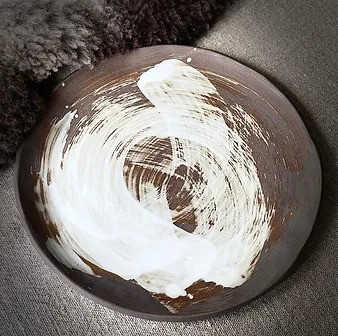
Home accessories, such as “Enso Ceramics” vases or “Circle of Life” rugs, often embed the circle’s form, either explicitly or through subtle design cues, bringing a piece of tranquility into everyday life.
Fashion and the Enso Circle
In the fashion industry, the Enso Circle has become a symbol of serenity and mindfulness. It graces various garments and accessories, revered for its elegance and profound meaning.
One notable example is the work of Japanese fashion designer Issey Miyake. Miyake is renowned for his innovative and minimalist designs, often drawing inspiration from traditional Japanese aesthetics and concepts. The Enso circle, symbolizing simplicity, completeness, and the beauty of imperfection, aligns well with Miyake’s design philosophy.
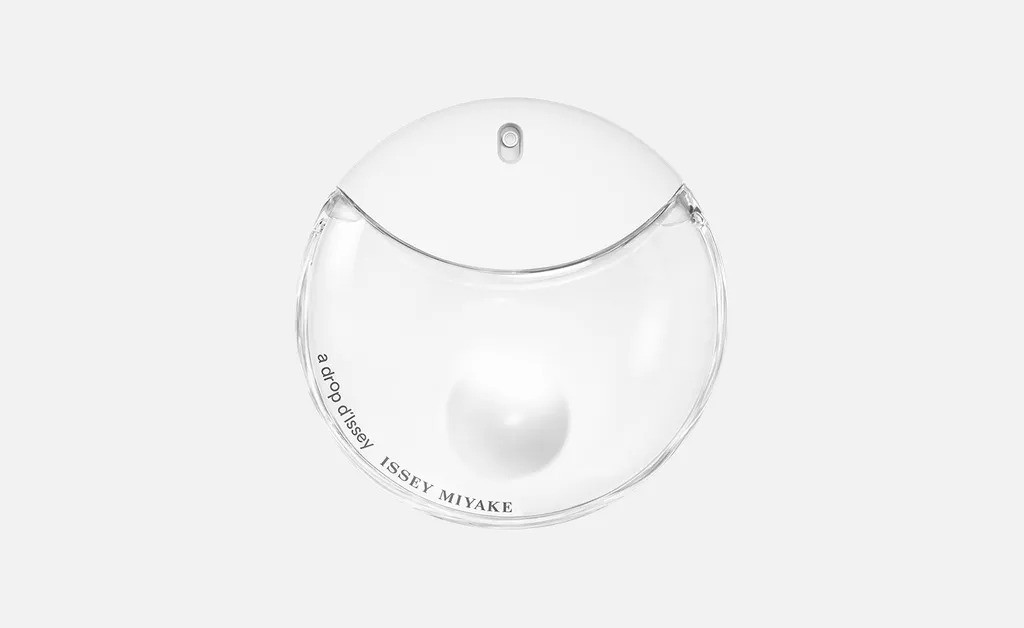
In some of his collections, Miyake has incorporated circular motifs and flowing, unrestricted lines that echo the Enso circle’s fluidity and elegance. These elements can be seen in his garment designs, where the use of circular patterns and the emphasis on free-flowing forms pay homage to the Enso’s symbolic representation of the universe and the natural flow of life.
While Miyake’s work does not explicitly replicate the Enso, the influence of its principles is evident in his approach to fashion, blending traditional Japanese art and modern design to create pieces that are both aesthetically pleasing and deeply meaningful.
The symbol’s adaptability makes it suitable for a diverse range of styles, from casual to couture, appealing to various fashion sensibilities.
Read more about Todd Bracher’s circular design for the A Drop d’Issey perfume bottle.
The Enso Circle in Digital Design
The digital design world has also embraced the Enso Circle, using it to convey concepts of completeness and continuous evolution. Websites and digital interfaces often incorporate the Enso as part of their visual narrative. For example, “Circle Wellness Studios,” a wellness platform, uses the Enso in its interface to symbolize holistic health and balance.
The Enso Circle in Architectural Elements
Architecturally, the Enso Circle inspires designs that focus on harmony and balance. Many architectural designs incorporate the Enso’s circular form into the structure, creating a living space that echoes the principles of Zen Buddhism.
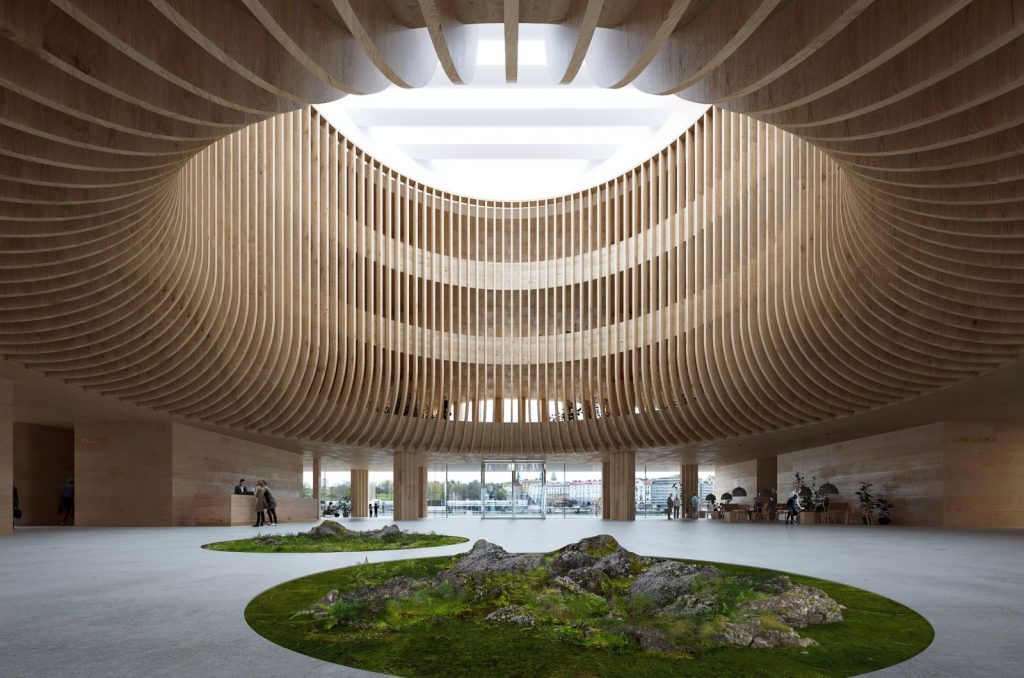
In fact, Japan reveres circles. Explore the Importance of Circles in Japanese Art and Culture
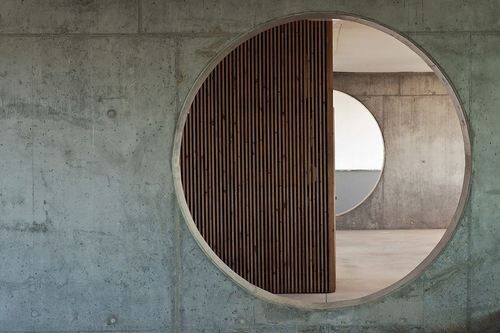
Enso in Workspace Design
Modern workspaces, emphasizing mindfulness and creativity, often integrate the Enso Circle in their design. For instance, “Enso Workspace” in San Francisco features interior designs with circular motifs, aiming to foster an environment of focus and clarity.
The Enso Circle in Public Spaces and Art Installations
Public spaces and art installations have also been influenced by the Enso Circle.
The “Circle of Life” is a famous sculpture in Frogner Park, Oslo, created by Gustav Vigeland, a renowned Norwegian sculptor. This sculpture is part of the larger Vigeland installation within the park, which includes more than 200 pieces by Vigeland made from bronze, granite, and wrought iron.
The “Circle of Life” is a part of the Monolith Plateau, a key component of the Vigeland installation. This particular sculpture, also known as “Livshjulet” in Norwegian, depicts a circle of human figures, intertwined and holding onto each other. It represents the eternal cycle of life, symbolizing themes such as unity, humanity, and the perpetual nature of existence.
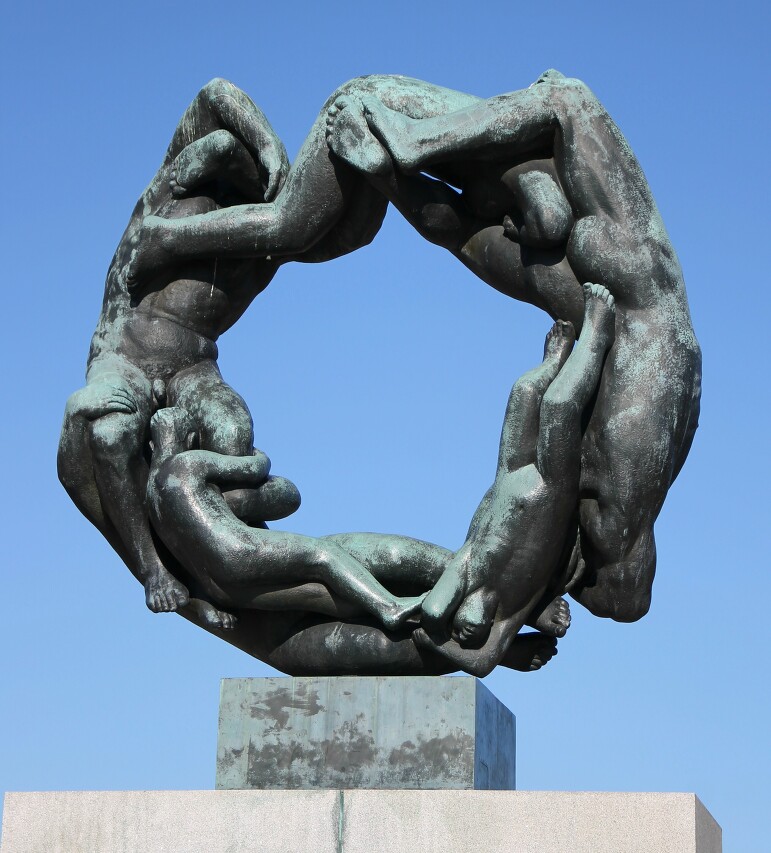
Vigeland’s work in Frogner Park is a monumental artistic achievement, showcasing his unique ability to capture the range of human emotions and experiences. The sculptures depict various stages of life, from birth to death, joy to sorrow, and solitude to togetherness, with the “Circle of Life” encapsulating the essence of these themes in a powerful and circular continuity.
The Vigeland installation, featuring the “Circle of Life”, stands as the world’s largest sculpture park created by a single artist and ranks as one of Norway’s most famous tourist attractions. It attracts global visitors eager to marvel at Vigeland’s artistic portrayal of the human experience.
The “Circle of Life” sculpture notably employs the Enso’s form to create an interactive art piece that invites contemplation and introspection.
Conclusion
The Enso Circle’s transition from an ancient Zen symbol to a modern design icon reflects its timeless appeal and deep significance. Its influence across various domains of contemporary design — from logos and home decor to fashion and architecture — underscores a global inclination towards designs that embody simplicity, wholeness, and a connection to deeper spiritual concepts. As designers continue to explore and innovate, the Enso Circle remains a source of inspiration, proving that true elegance often lies in simplicity and meaningful symbolism.
Are you ready to embrace the Enso? Read more about The Enso Circle in Zen: Symbolism and Artistry.
Read more:
- Infusing Japandi Design into Your Scandinavian Home: The Zen Blueprint
- Embracing Wabi-Sabi in Interior Design and Art
- Zen Art and Japandi Design: A Harmonious Blend of Simplicity and Mindfulness
- Key New Trends in Japandi Interior Design for 2024
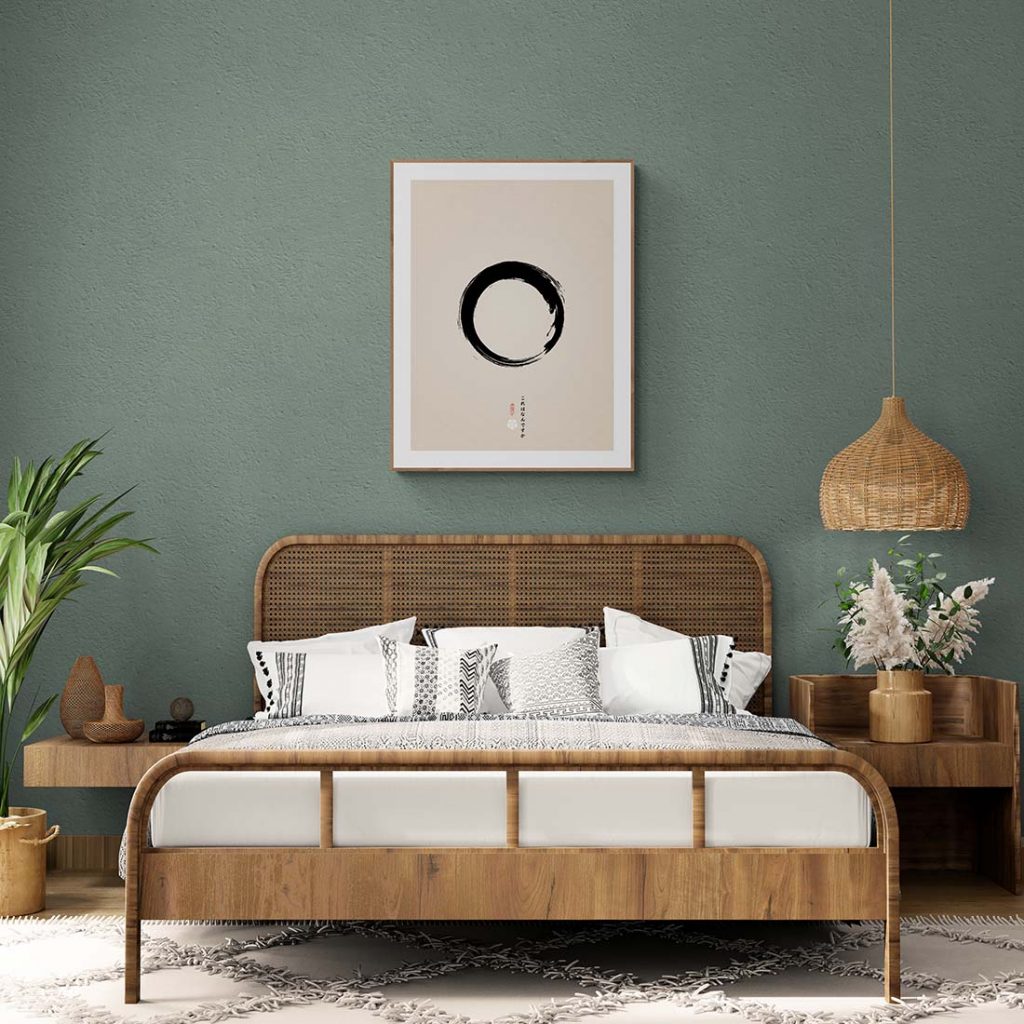
At The Art of Zen we carry a wide selection of our own hand-crafted original Japanese art prints in the ukiyo-e and Japandi style. Some of our best selling work is Mount Fuji wall art and Japandi wall art.
Add some zen to your space with brilliant original art from the Art of Zen shop.
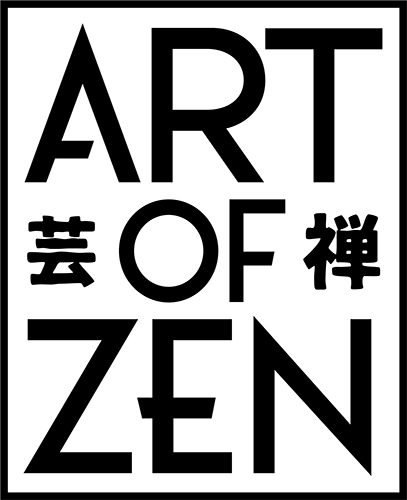
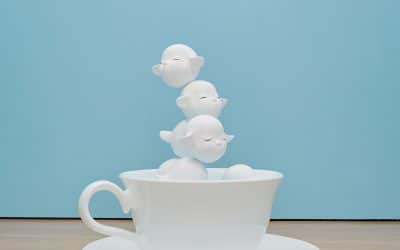
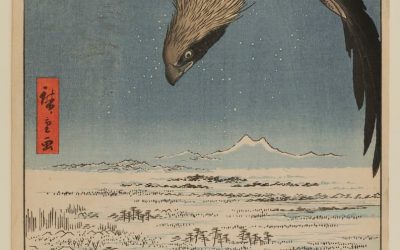
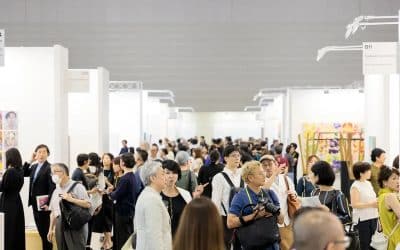
0 Comments